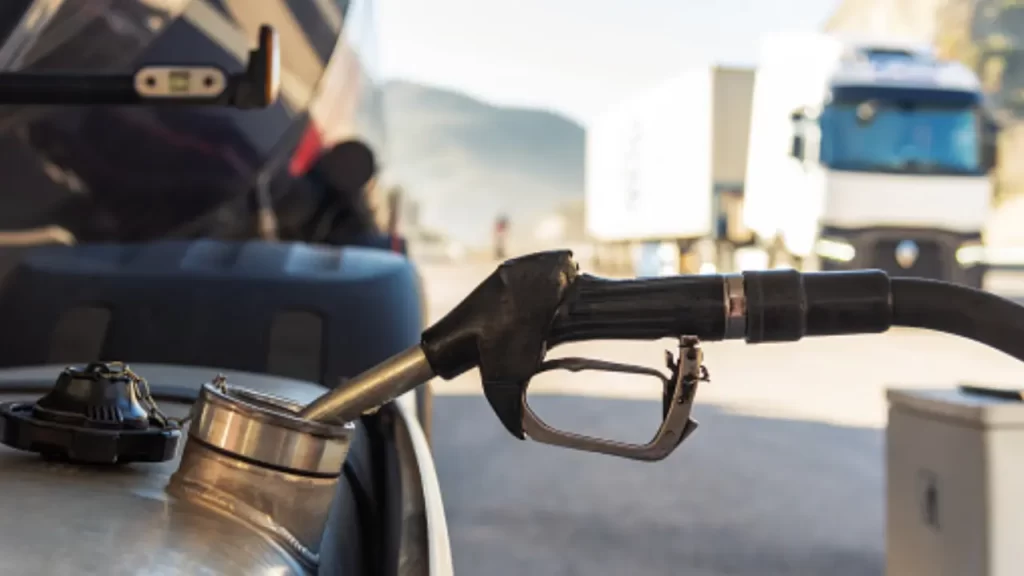Kerosene oil, a crucial source of energy in Pakistan, is widely used for cooking, heating, and lighting purposes, especially in rural areas. Given its importance in everyday life, fluctuations in the kerosene oil price in Pakistan have significant implications for the country’s socio-economic landscape. This article delves into the factors influencing kerosene oil prices, their current status, and the government’s role in regulating them. We also explore the impact of these prices on Pakistani consumers and discuss alternative energy sources.
Historical Perspective
Contents
Kerosene oil has been an integral part of Pakistan’s energy mix since its inception. Over the years, the price of kerosene oil in Pakistan has seen numerous fluctuations due to various factors such as changes in international crude oil prices, currency exchange rates, and government policies. By examining these historical trends, we can better understand the current pricing landscape and its implications for consumers.
Current Kerosene Oil Price in Pakistan
Last Updated on Aug 1, 2023. We want to make sure you have the most up-to-date information on prices.
As of 1st Aug 2023, the kerosene oil price in Pakistan is 195.07 PKR/Litre. This price impacts households and businesses, especially in rural areas, where kerosene oil is essential for cooking, heating, and lighting. The current price level can strain household budgets and increase operational costs for businesses that rely on kerosene oil.
Factors Affecting Kerosene Oil Prices
Several factors contribute to fluctuations in the kerosene oil price in Pakistan, including:
- International crude oil prices: As kerosene is derived from crude oil, changes in global prices directly affect the cost of kerosene oil in Pakistan. Geopolitical events, natural disasters, and supply-demand dynamics can all influence international crude oil prices.
- Exchange rate: The value of the Pakistani Rupee against the US Dollar influences the cost of importing crude oil, which in turn affects kerosene oil prices. Fluctuations in the exchange rate can stem from domestic economic factors, international market movements, or monetary policies.
- Government policies: Taxes, subsidies, and other regulations imposed by the government can impact the final price of kerosene oil in Pakistan. Policy changes, budgetary decisions, and international agreements can all influence the government’s approach to regulating kerosene oil prices.
Impact on Consumers
The kerosene oil price in Pakistan has a significant impact on the daily lives of consumers, particularly those in rural areas who rely on it for cooking, heating, and lighting. Higher kerosene oil prices can lead to increased living costs and financial strain on low-income households, exacerbating poverty and inequality.
Rural Communities: In rural areas, where access to other energy sources may be limited, kerosene oil is a vital resource. Price hikes can severely affect the livelihoods and well-being of these communities, forcing them to allocate a larger portion of their income to meet their energy needs.
Urban Populations: While urban populations may have access to alternative energy sources, such as natural gas and electricity, they are not immune to the effects of rising kerosene oil prices. The cost of essential goods and services may increase as a result of higher transportation and production costs, indirectly impacting urban consumers.
Government’s Role in Price Regulation
The Pakistani government plays a vital role in regulating kerosene oil prices through various means, including:
- Taxation and Subsidies: The government may impose taxes or provide subsidies to influence kerosene oil prices. By adjusting these fiscal measures, the government can help maintain price stability and protect consumers from sudden price fluctuations.
- Strategic Planning and Policies: The government can implement long-term policies and strategies to ensure a stable and affordable energy supply for all Pakistanis. These may include investing in domestic oil production, refining capacity, and infrastructure development to reduce the reliance on imported crude oil.
Alternative Energy Sources
As kerosene oil prices continue to fluctuate, it is crucial to explore alternative energy sources to reduce dependency and promote a more sustainable energy future. Some potential alternatives include:
- Solar Energy: Pakistan has abundant sunlight, making solar energy a viable option for meeting the country’s energy needs. The government can encourage the adoption of solar panels in both rural and urban areas by providing incentives and streamlining the installation process.
- Biogas: Biogas, produced from organic waste, can be an effective alternative to kerosene oil for cooking and heating purposes. Rural households can set up small-scale biogas plants, reducing their dependency on kerosene oil while simultaneously addressing waste management issues.
- Liquefied Petroleum Gas (LPG): LPG can serve as a cleaner and more efficient alternative to kerosene oil for cooking and heating purposes. However, the government must ensure an adequate and affordable supply of LPG to make it a viable option for consumers.
Conclusion
Kerosene oil price in Pakistan is a critical factor in the country’s economic and social fabric. Understanding the factors influencing these prices and the government’s role in regulating them is essential to ensuring a stable and affordable energy supply for all Pakistanis. By monitoring and addressing the various factors affecting kerosene oil prices, the government can work towards minimizing the impact on consumers and fostering a more equitable society. Additionally, promoting alternative energy sources can help to reduce dependency on kerosene oil, paving the way for a more sustainable and diverse energy future.



